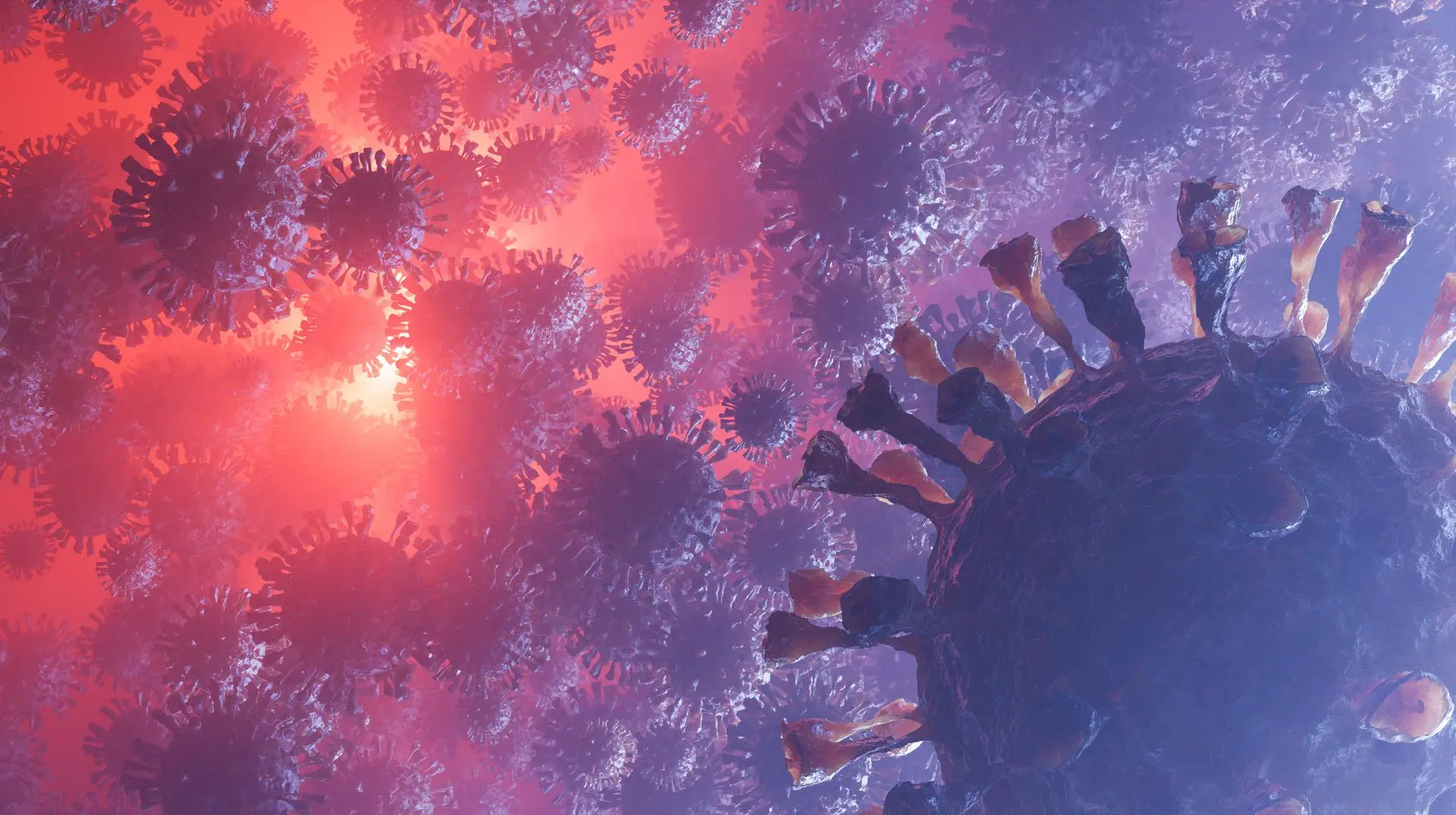
Bottigliavirus: Unveiling the Secrets of a Unique Archaeal Virus
Bottigliavirus is a fascinating genus within the Ampullaviridae family, primarily known for its unique morphology and genome organization. It is an archaeal virus that infects organisms of the genus Acidianus—a group of extremophiles found in hot springs. This virus is renowned for its bottle-shaped virions, a feature that sets it apart from other viruses. In this article, we dive deep into the complex structure, genome, life cycle, and evolutionary significance of Bottigliavirus, shedding light on why it’s a topic of growing interest in virology and archaeal microbiology.
LET's DISCOVER MORE !!

Bottigliavirus Structure and Morphology: A Unique Design
Bottigliavirus has a distinctive bottle-shaped virion with a narrow end that expands into a broader base, measuring around 230 nm in length and 75 nm in width. The narrow end projects beyond the viral envelope, which likely plays a crucial role in the virus’s ability to inject its linear double-stranded DNA into host cells. At the broader end, there are about 20 filaments arranged in a ring, which are thought to assist in the virus's attachment to the host membrane.
Inside the envelope, a funnel-shaped protein coat encapsulates the viral DNA, offering stability to the virus and aiding its efficient delivery into the host cell. This unique design makes Bottigliavirus stand out among other archaeal viruses, providing it with a specialized mechanism for infecting its archaeal host.

Genome of Bottigliavirus: Insights into its Complexity
The genome of Bottigliavirus spans approximately 23.8 kilobases and encodes 56-57 open reading frames (ORFs), some of which are responsible for the production of at least six structural proteins. The viral genome is linear, and the proteins encoded by it are critical for the formation and function of the virus's bottle-like structure. The genome's complexity reflects the virus's evolutionary adaptation, allowing it to thrive in extreme environments, like those in hot springs.
In terms of genetic structure, Bottigliavirus shares many similarities with other large DNA viruses found in archaea. This suggests that Bottigliavirus might have evolved from ancient viral forms, contributing to our understanding of the evolution of archaeal viruses. Researchers are particularly interested in the virus's genome due to its role in studying genetic replication mechanisms in extremophilic organisms.

Life Cycle of Bottigliavirus: How It Infects Host Cells
The life cycle of Bottigliavirus involves cytoplasmic replication inside the host cell, with the virus utilizing a DNA-templated transcription process. The virus enters the host by attaching to the cell membrane, and its DNA genome is injected into the archaeal host cell. Interestingly, Bottigliavirus does not actively spread from host to host through active transmission mechanisms. Instead, its transmission occurs via passive diffusion, making it a more passive entity in terms of dispersal.
As the virus replicates within the host, it exploits the host's cellular machinery to produce viral proteins, which are assembled into new virions. These virions then undergo self-replication and are ready to infect other cells.

Host Interaction and Viral Transmission: Bottigliavirus and Acidianus
Bottigliavirus infects archaea, particularly those of the Acidianus genus, which thrive in extreme environments like hot springs. These organisms are extremophiles, meaning they live in harsh conditions where few other life forms can survive. The ability of Bottigliavirus to infect Acidianus archaea underscores the virus’s evolutionary adaptations to extreme heat and other environmental factors.
Though the virus does not appear to cause disease in its host, it may influence the physiology of Acidianus, potentially altering cellular functions in subtle ways. Moreover, the virus’s interaction with its host could provide key insights into the symbiotic relationships between viruses and extremophilic microorganisms. The virus’s reliance on passive diffusion for transmission in the host suggests a more complex interplay between virus and host cell, warranting further investigation.